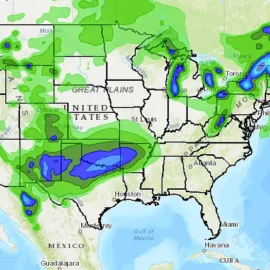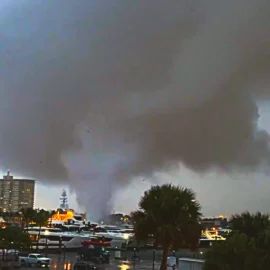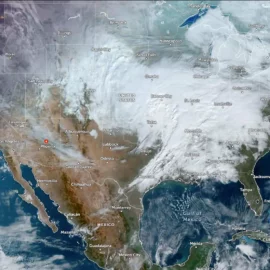January 2025 Weather Forecast for the United States
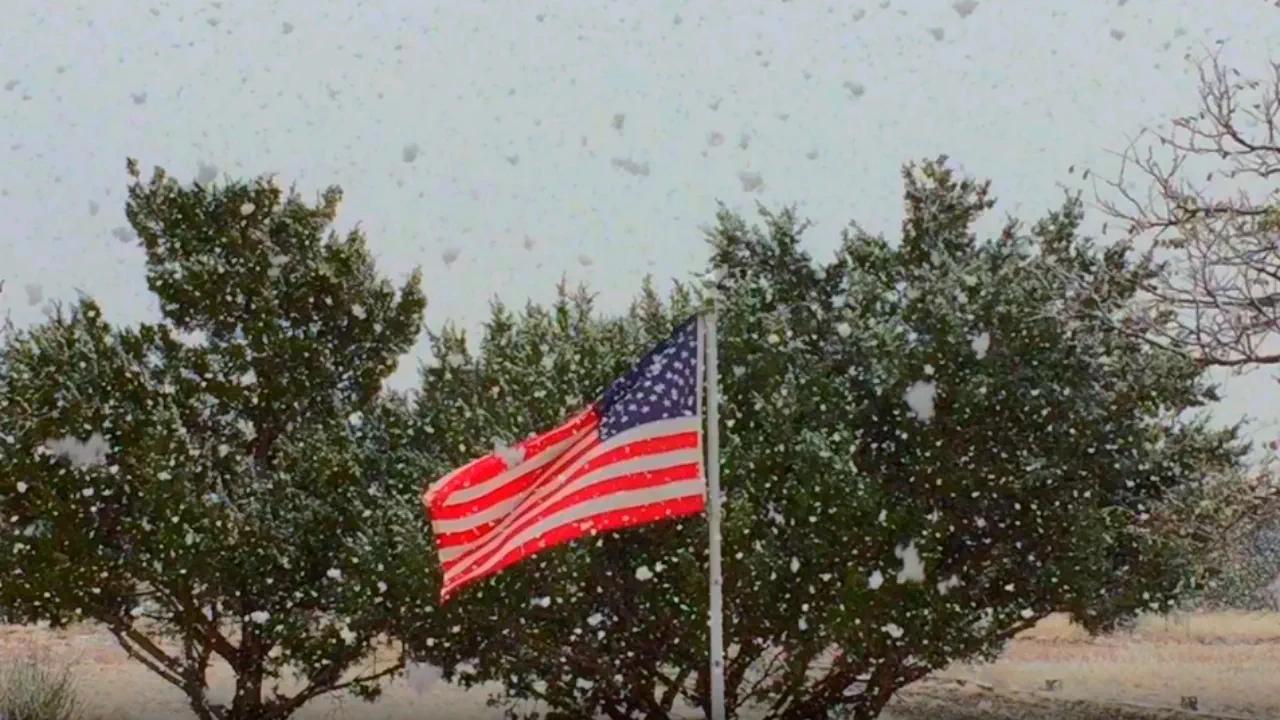
Cold Winter Weather Persists Across the U.S.
The United States is experiencing one of its coldest Januarys in recent years, as Arctic air continues to sweep across the country. A combination of high-pressure ridges over the Pacific and Greenland has created a persistent cold air pattern, channeling frigid temperatures into the central, southern, and eastern regions of the country. This pattern, driven by atmospheric Rossby waves and jet stream fluctuations, has resulted in significant snowfall and below-average temperatures for much of the nation.
Pressure Anomalies Driving Arctic Air
A dominant low-pressure system over the eastern U.S. has been steering cold polar air southward. High-pressure ridges over the Pacific and Greenland amplify this effect, creating a "Polar Express" that transports cold air masses deep into the southern United States.
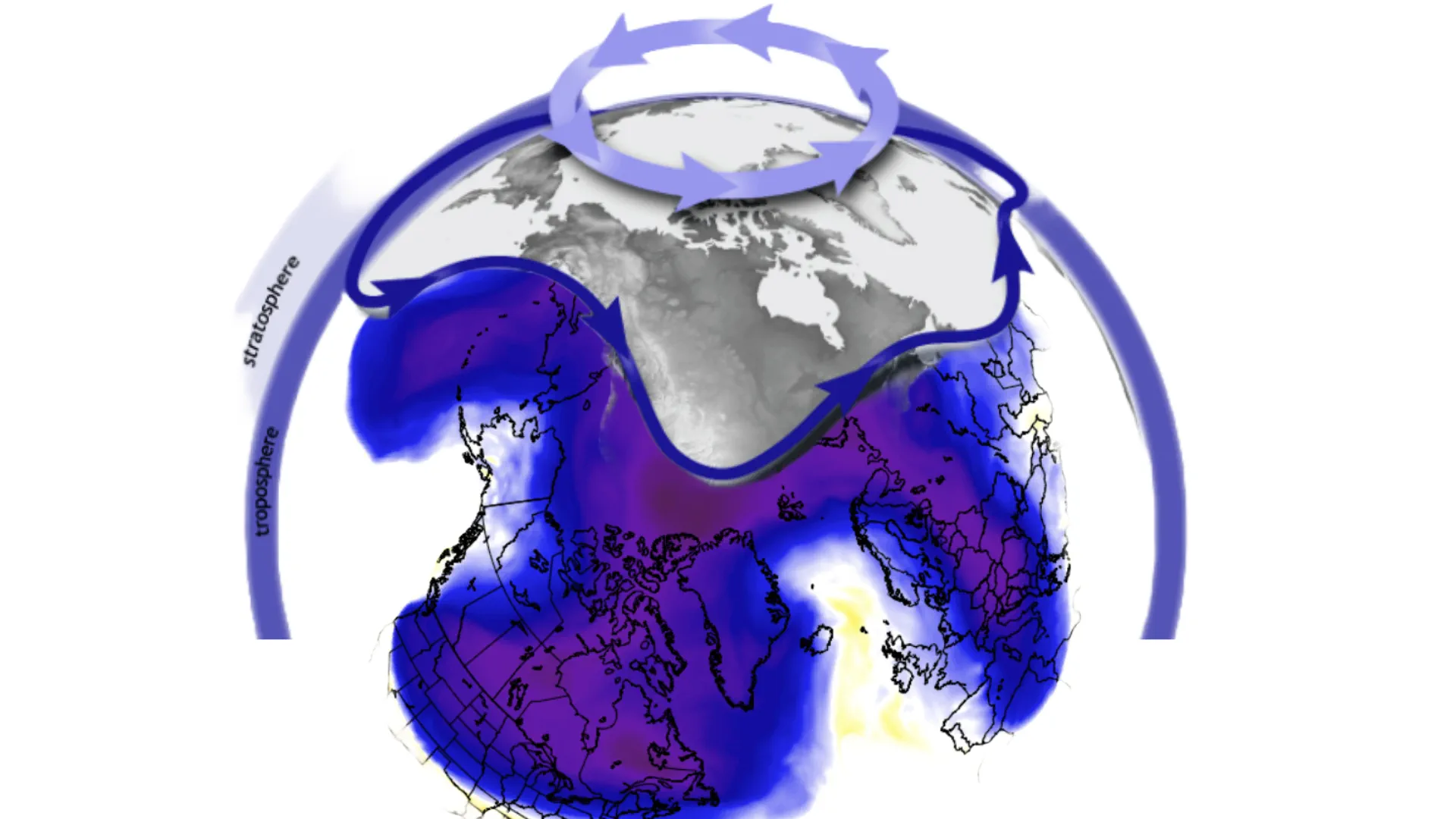
Temperature Anomalies
Cold Regions: Most of the eastern half of the U.S., including the Midwest, Northeast, and parts of the South, is experiencing below-average temperatures.
Warmer Pockets: The Pacific Northwest and far northern regions of the U.S. and Canada are seeing above-average temperatures due to high-pressure systems.
Snowfall Events
Heavy snowfall has blanketed large areas of the Midwest and Northeast, with significant snow accumulations also expected in southern states like Texas and Georgia. The snow depth map for mid-January shows widespread coverage across much of the U.S., particularly in higher elevations and northern regions.
Mid-January “Reset”
As we move into the third week of January, a brief "winter reset" is expected. The low-pressure system will remain dominant in the eastern U.S., but a ridge over the West may temporarily reduce cold air intrusions. However, by the end of the month, another wave of Arctic air is likely to surge southward, reinforcing the cold weather pattern.
End-of-January and Early February Outlook
Late January: A westward shift of the low-pressure zone could result in a broader cold air distribution across the U.S., with below-freezing temperatures spreading further into the central and eastern regions.
February Trends: Early indications suggest a possible warming trend in the eastern U.S. as high-pressure ridges build, while the Pacific Northwest and northern U.S. may continue to experience cold anomalies.
January 2025 is shaping up to be a historic month for cold weather in the United States. With continued Arctic air intrusions and significant snowfall, the winter season is far from over. As February approaches, meteorologists will closely monitor the potential for a pattern shift, which could bring milder conditions to parts of the country.
Stay tuned for updates on these dynamic weather patterns.
Chief forecaster and ideologist of the weather forecast service Pogodnik. Co-author of scientific articles and specialized content for various online media.

